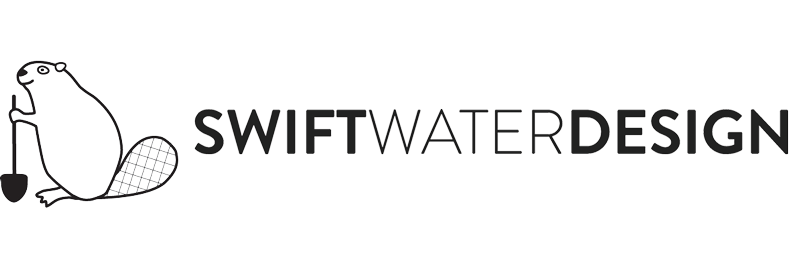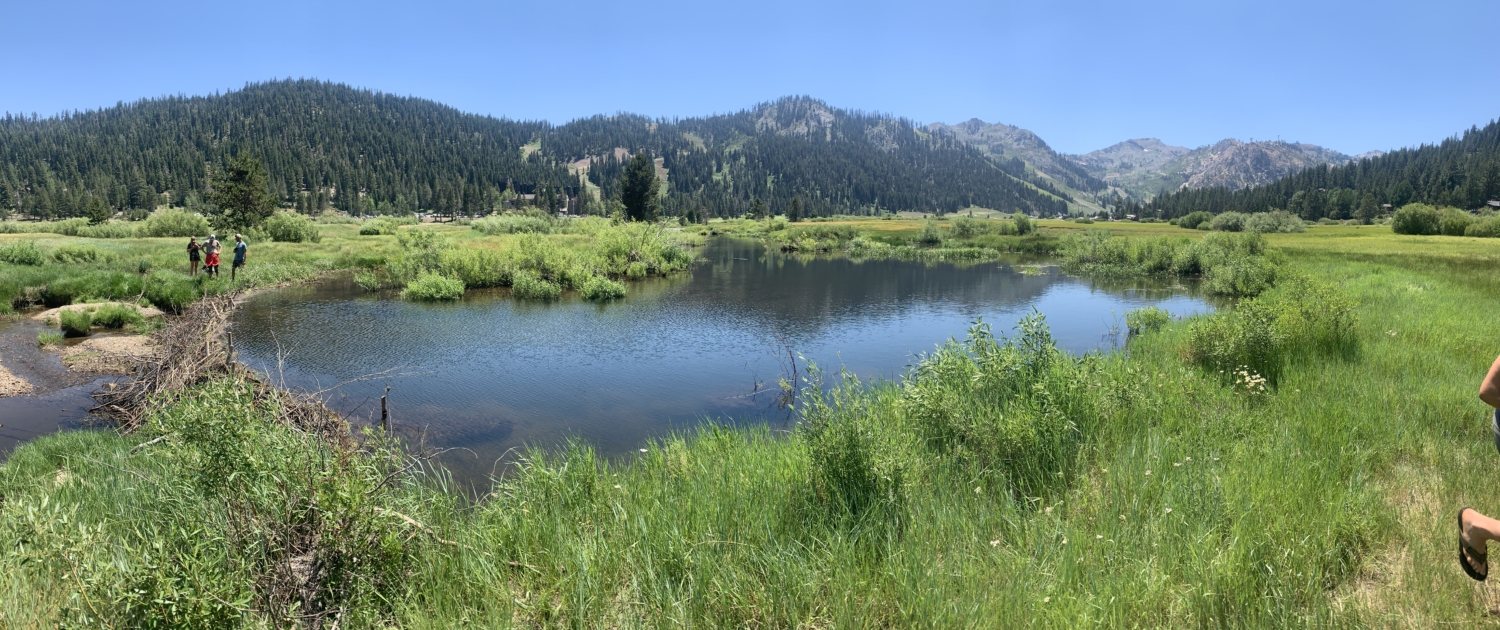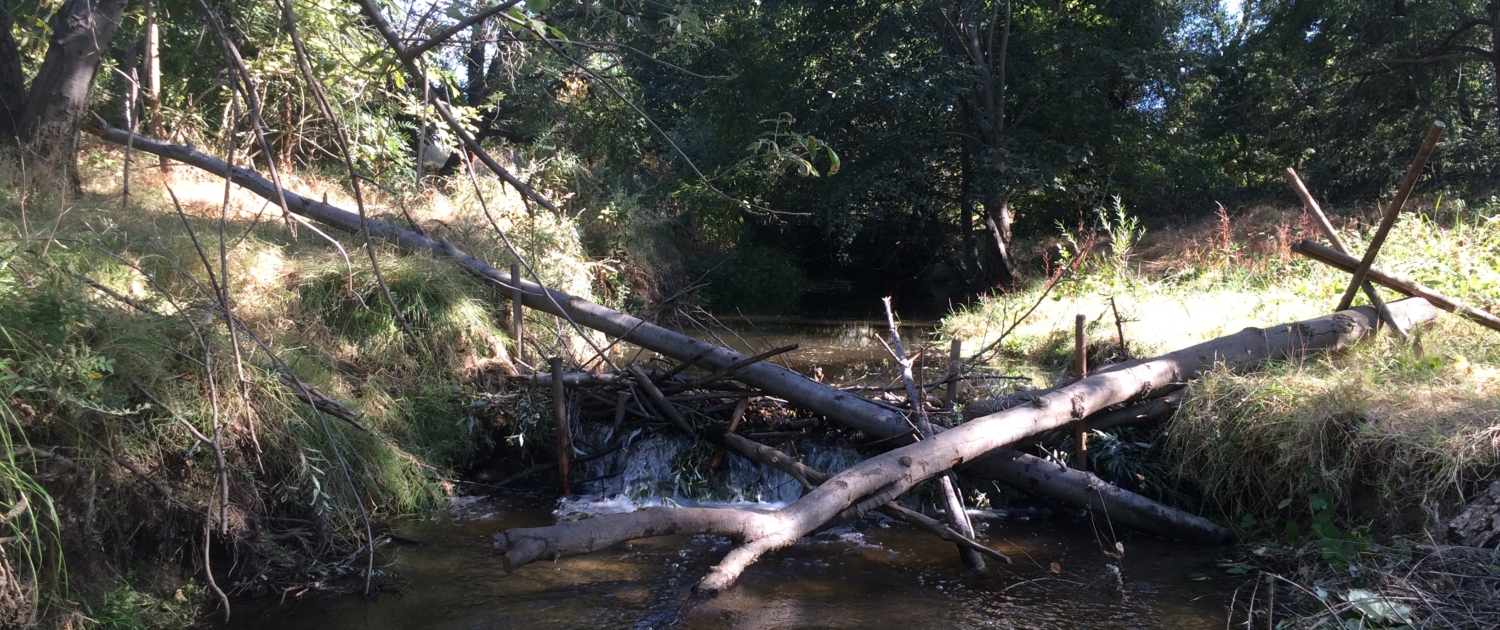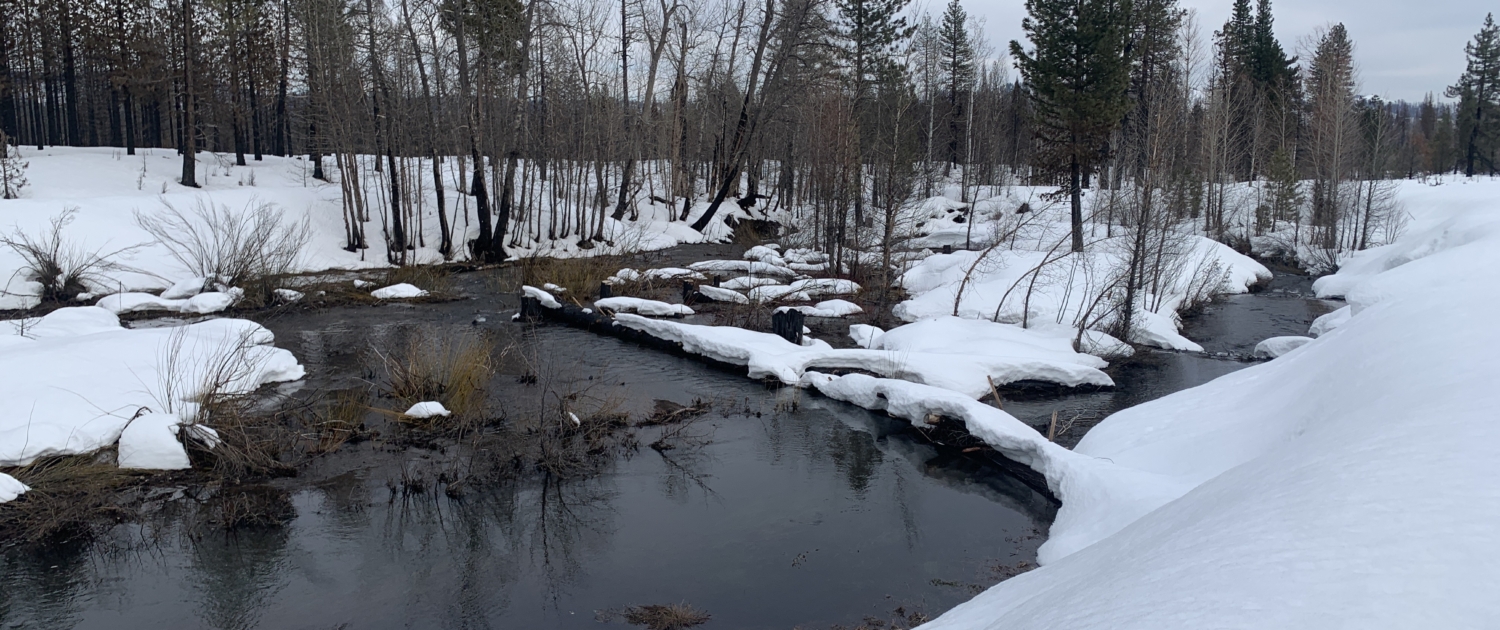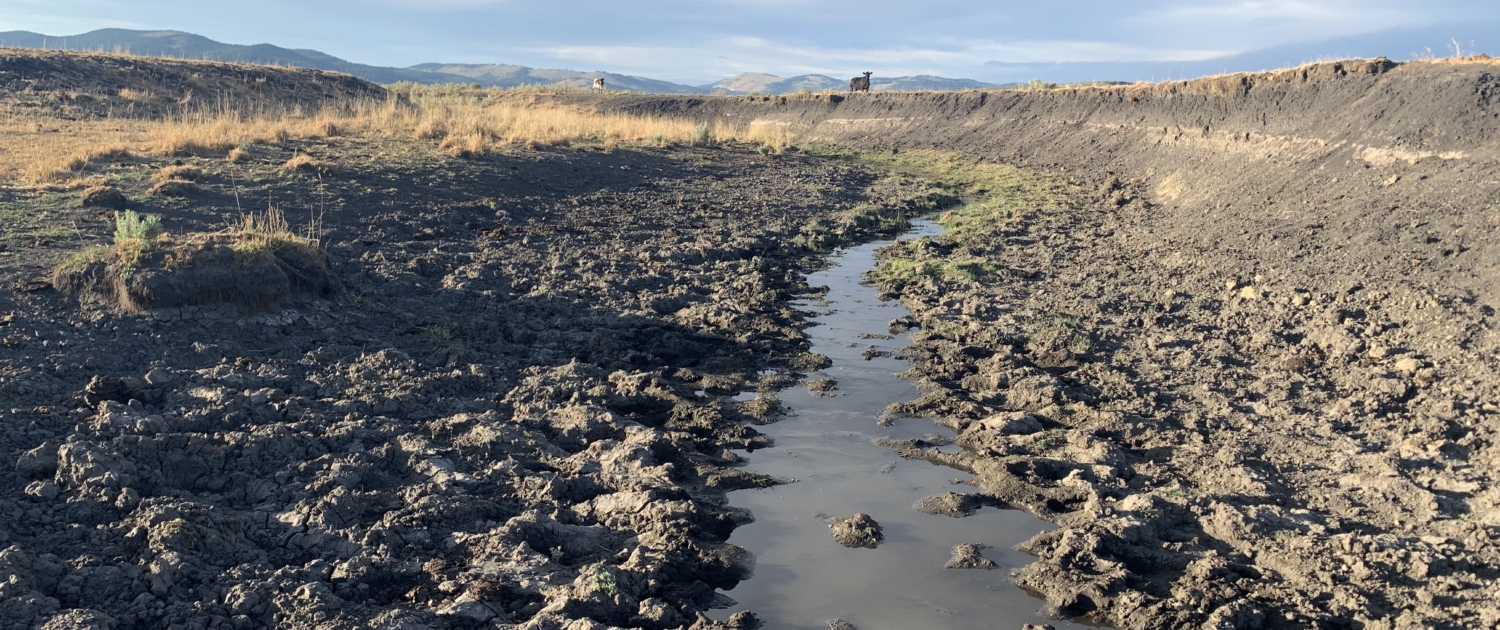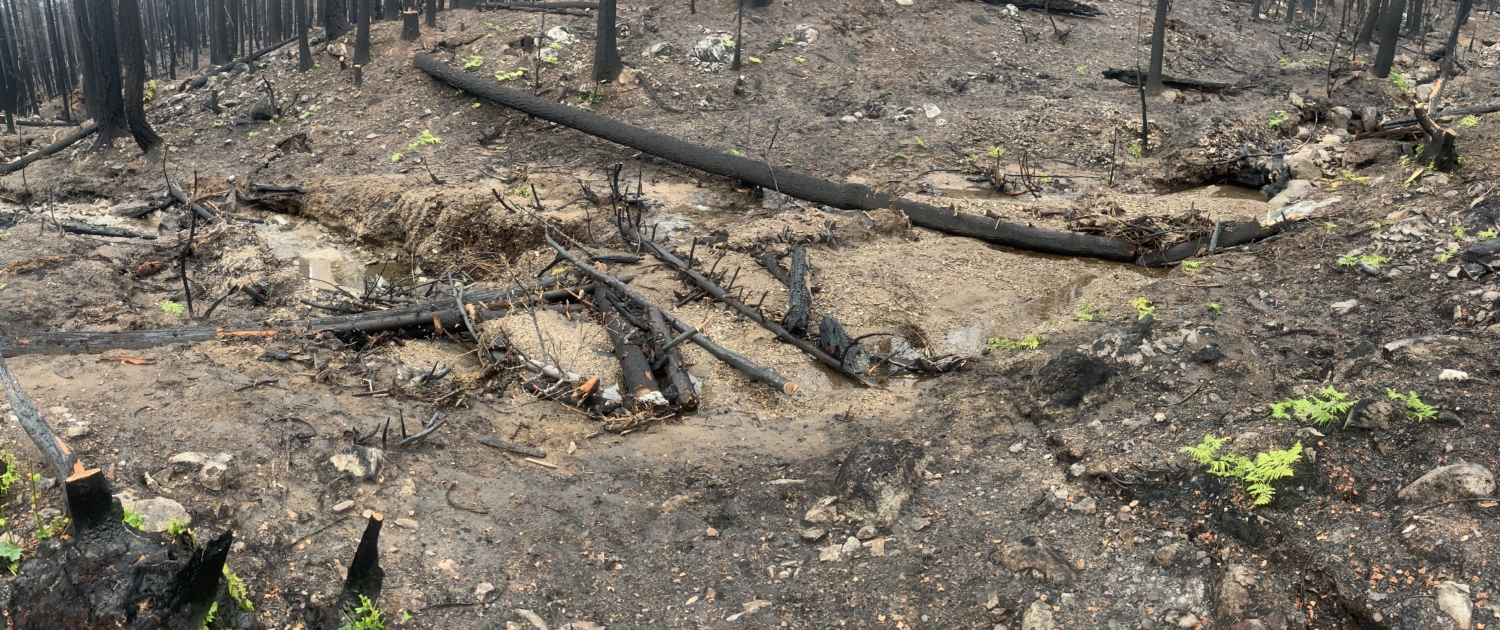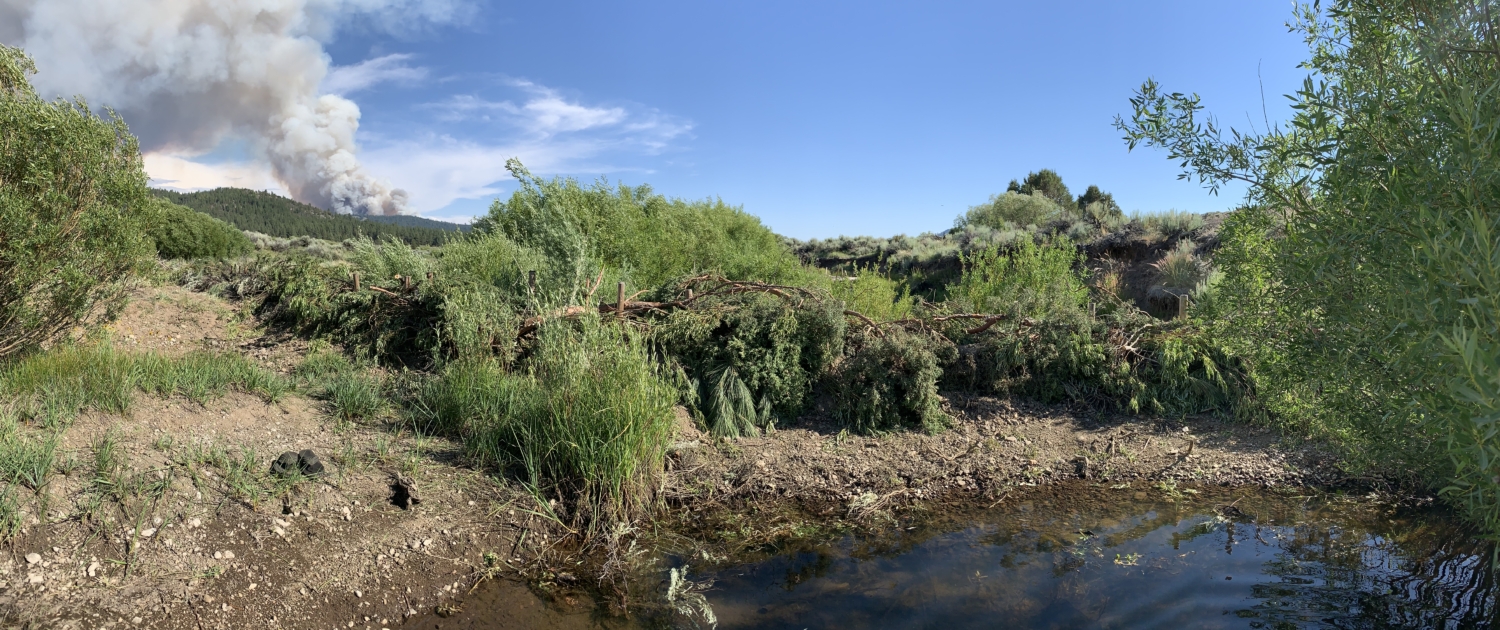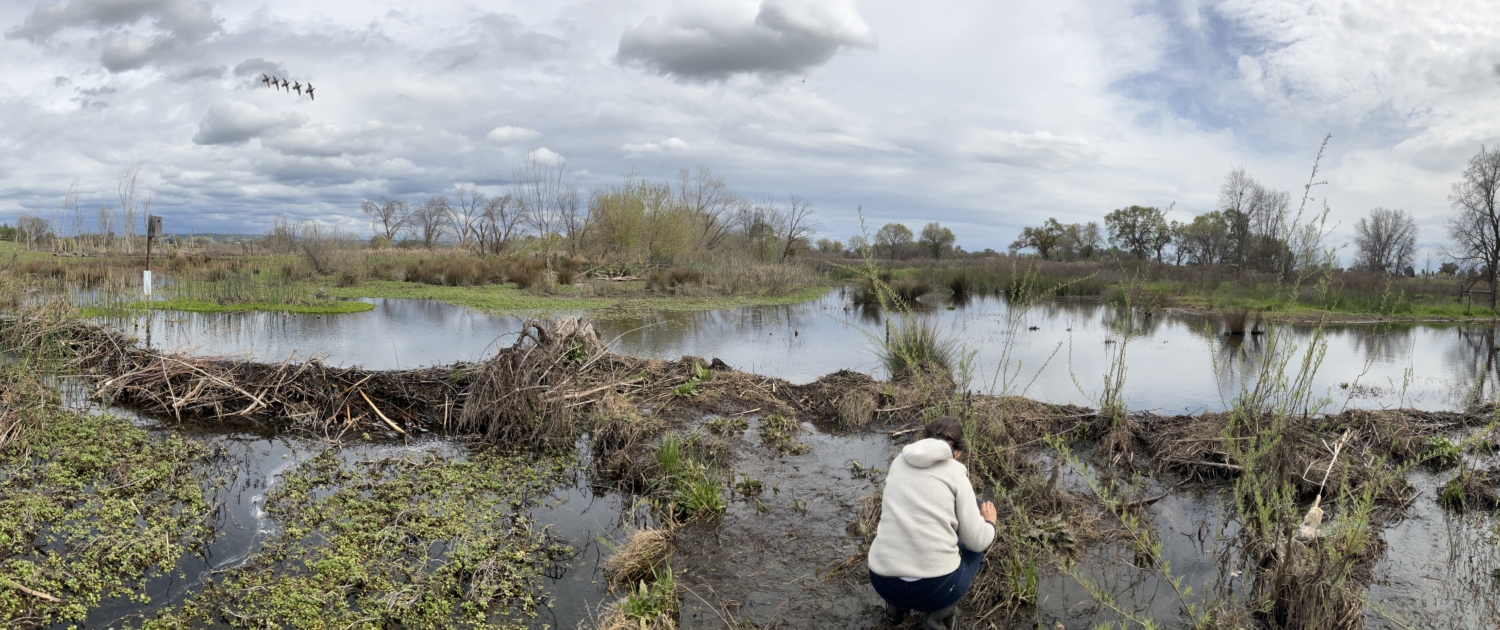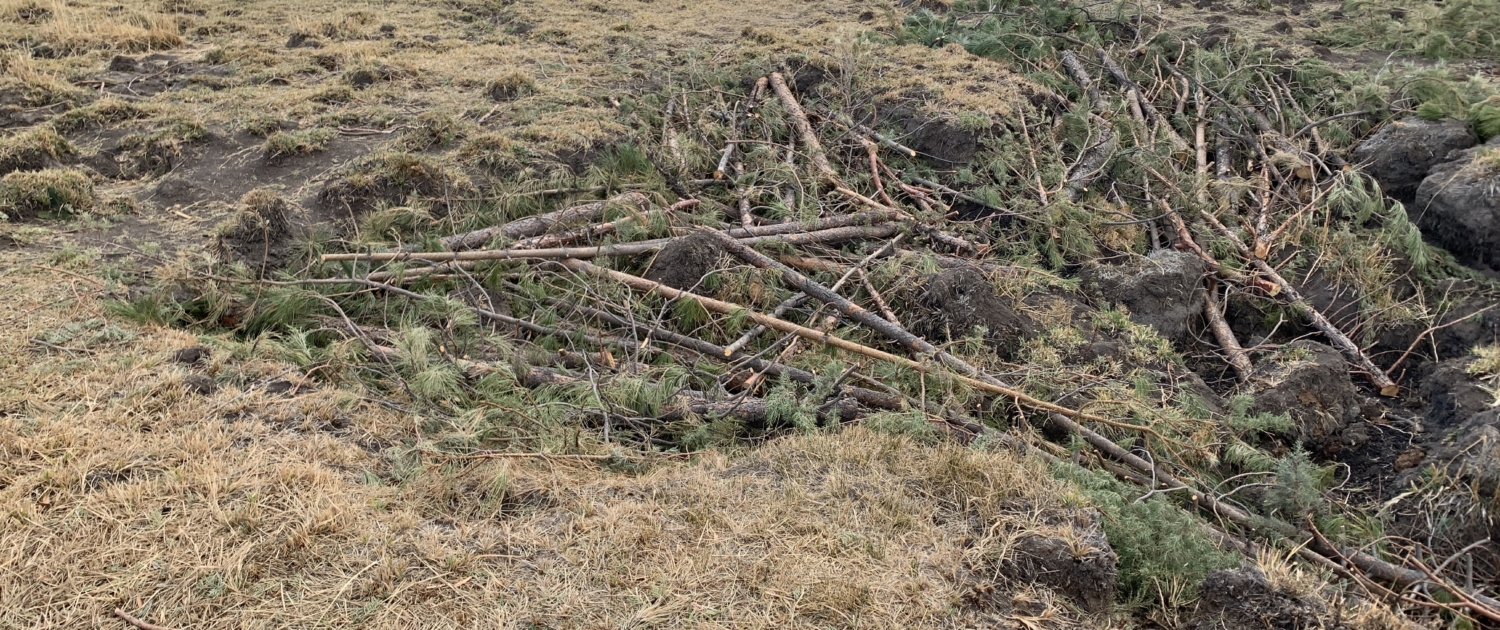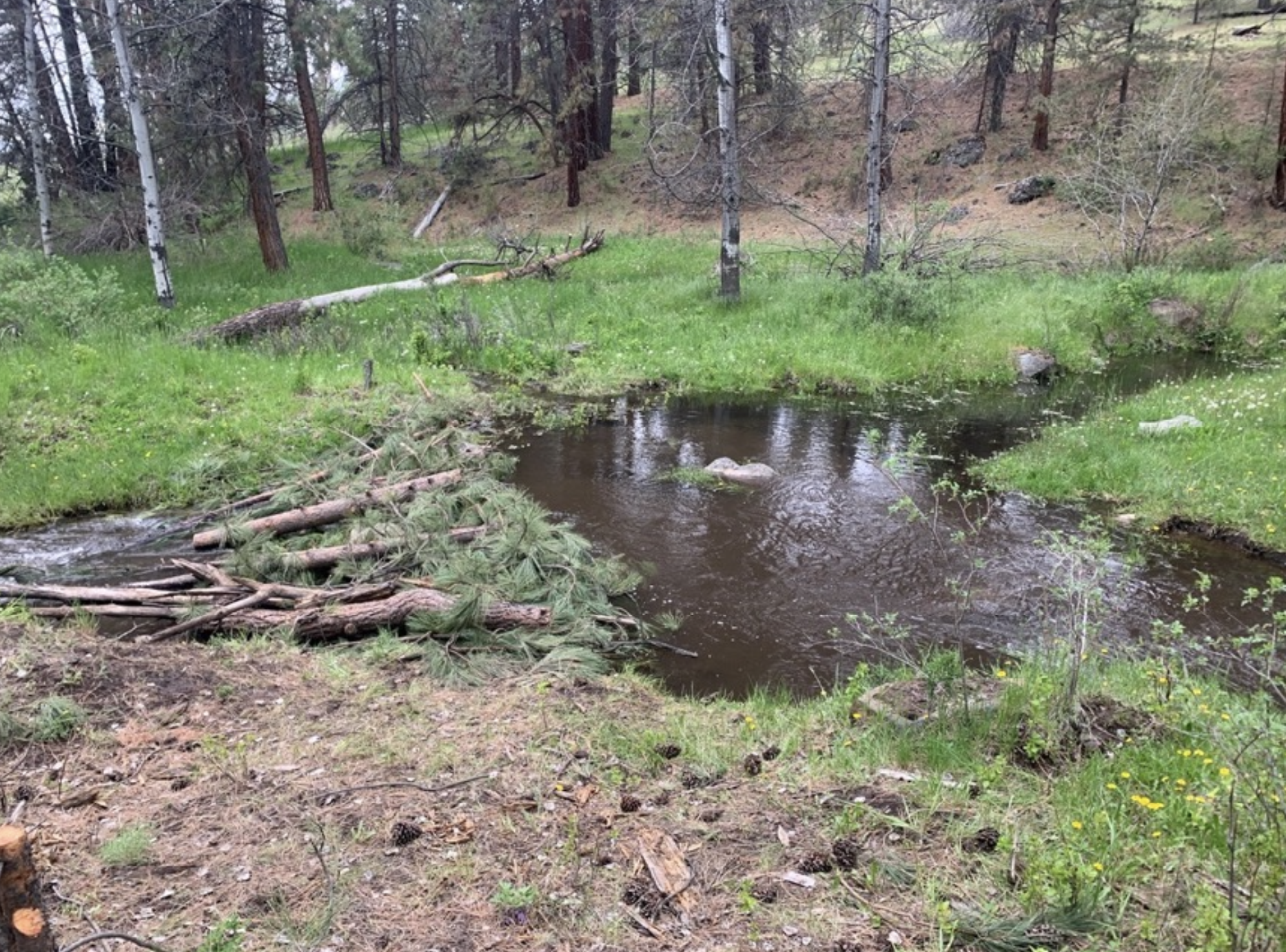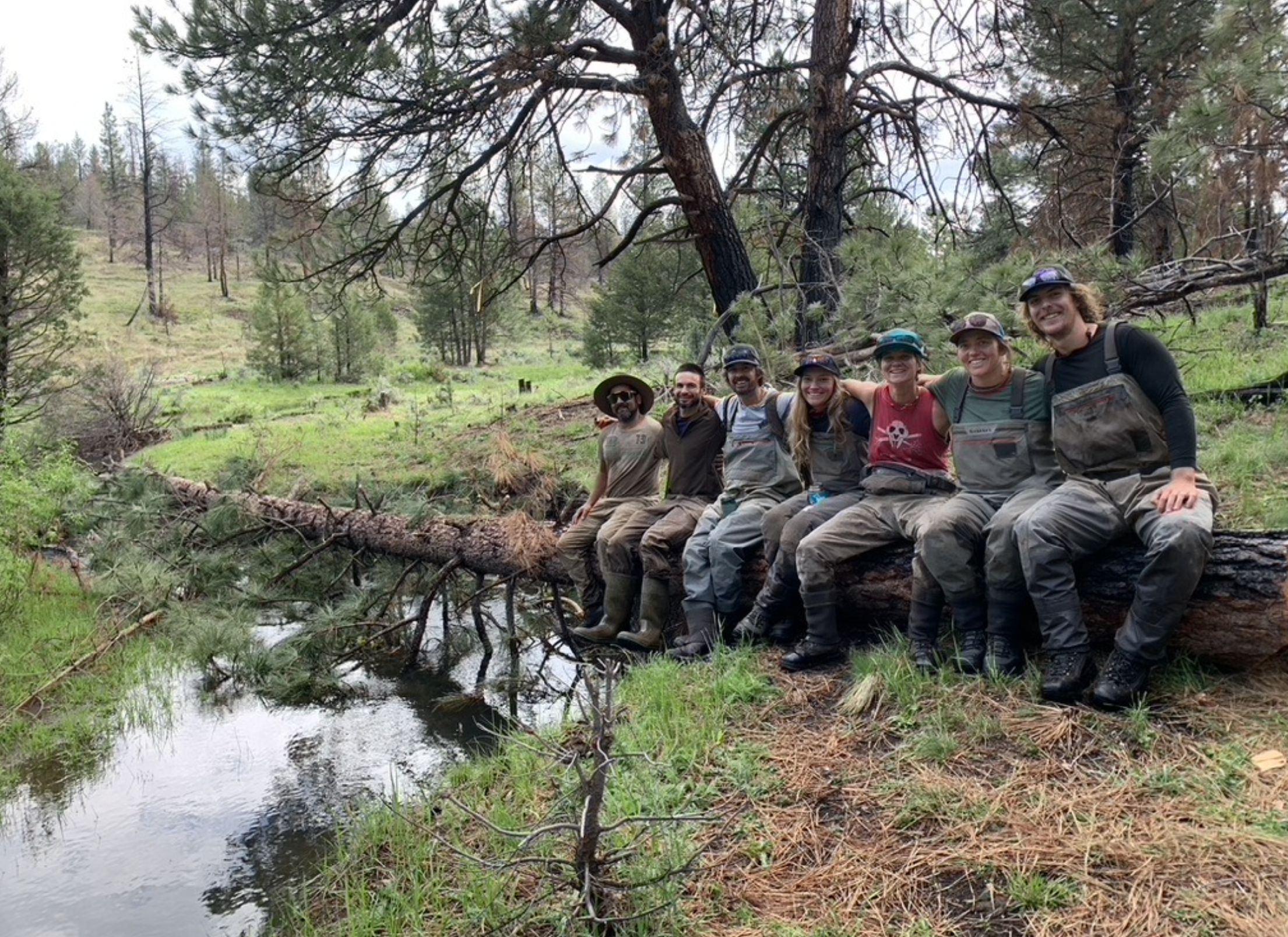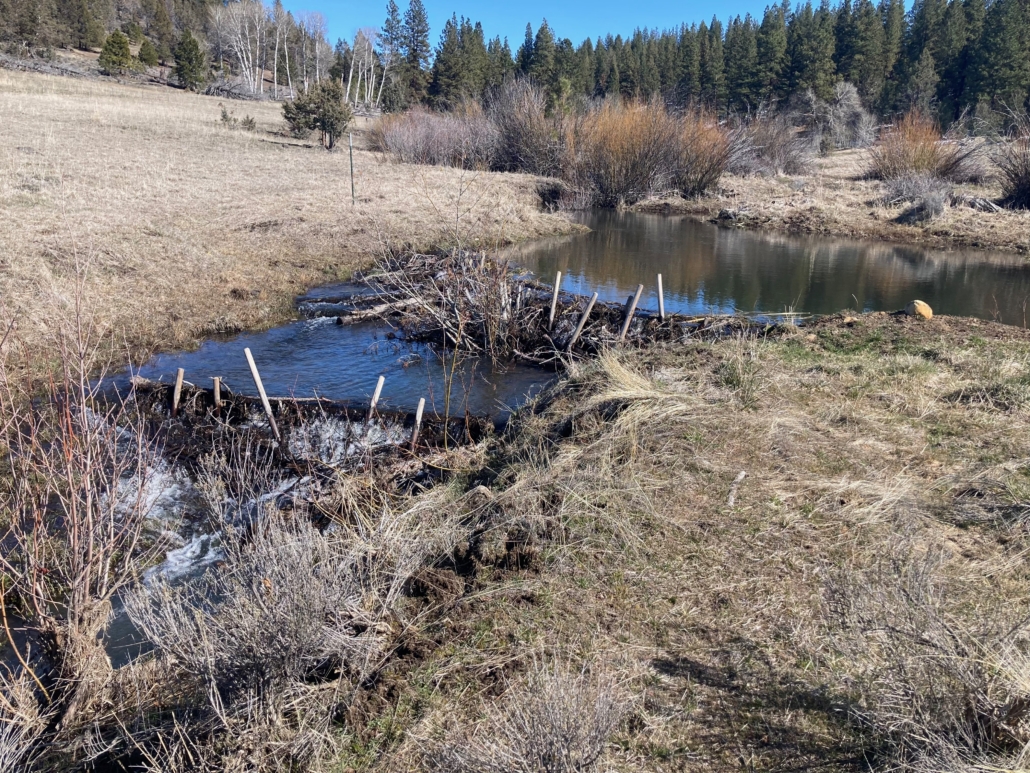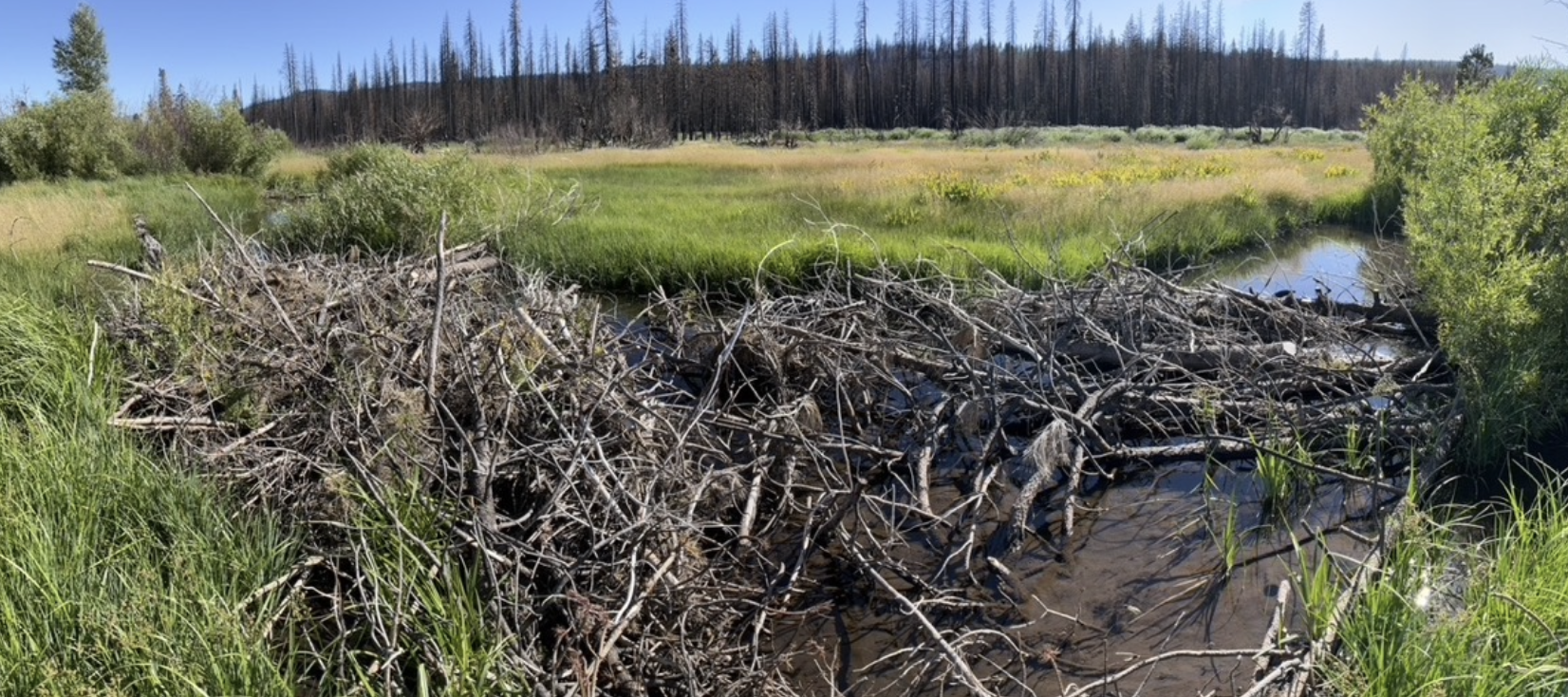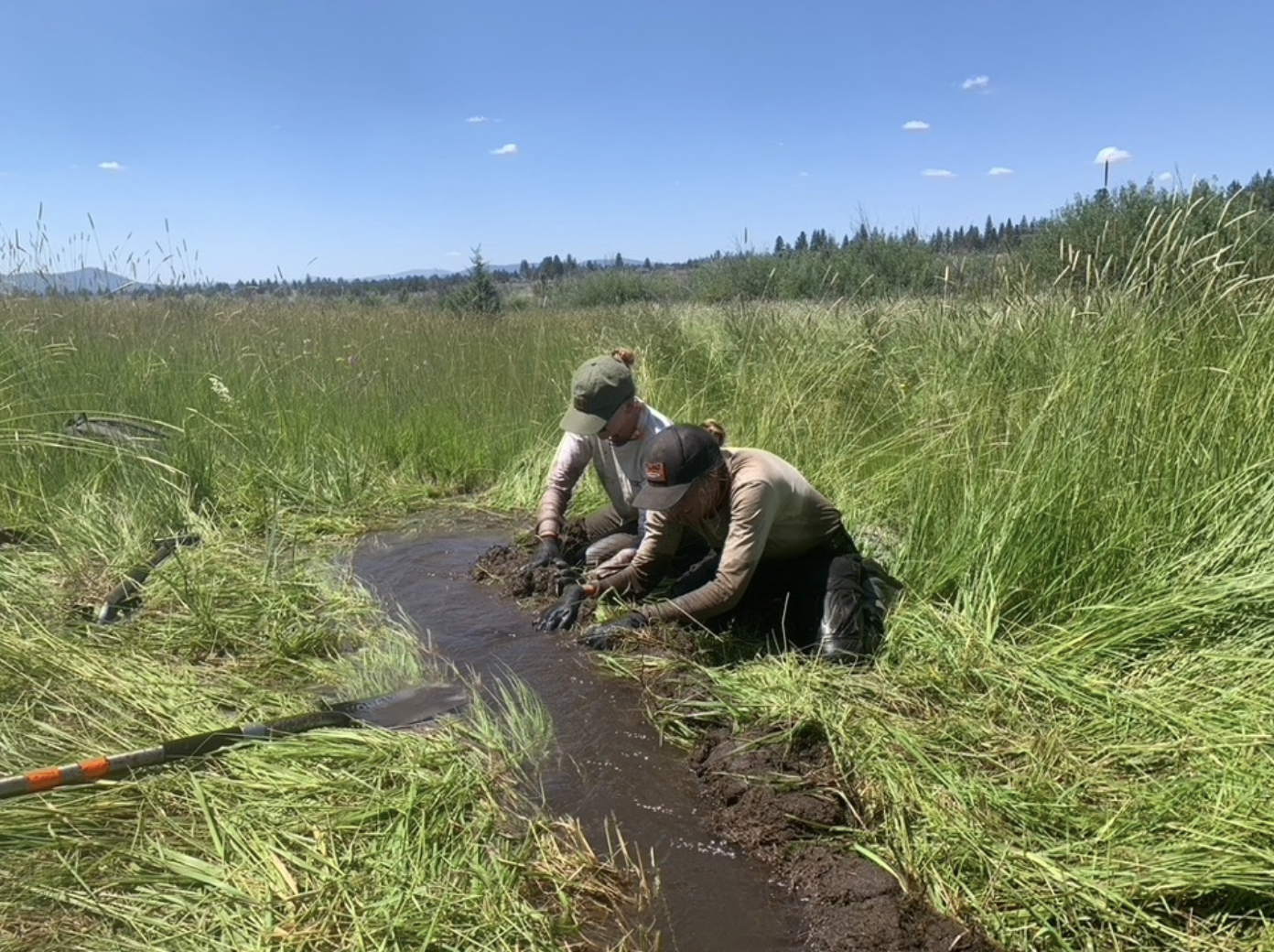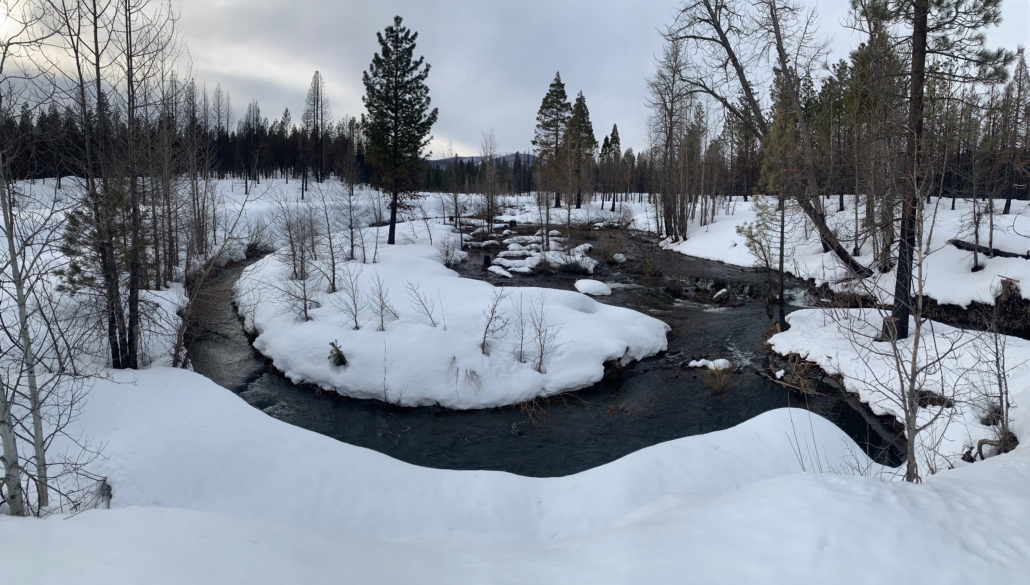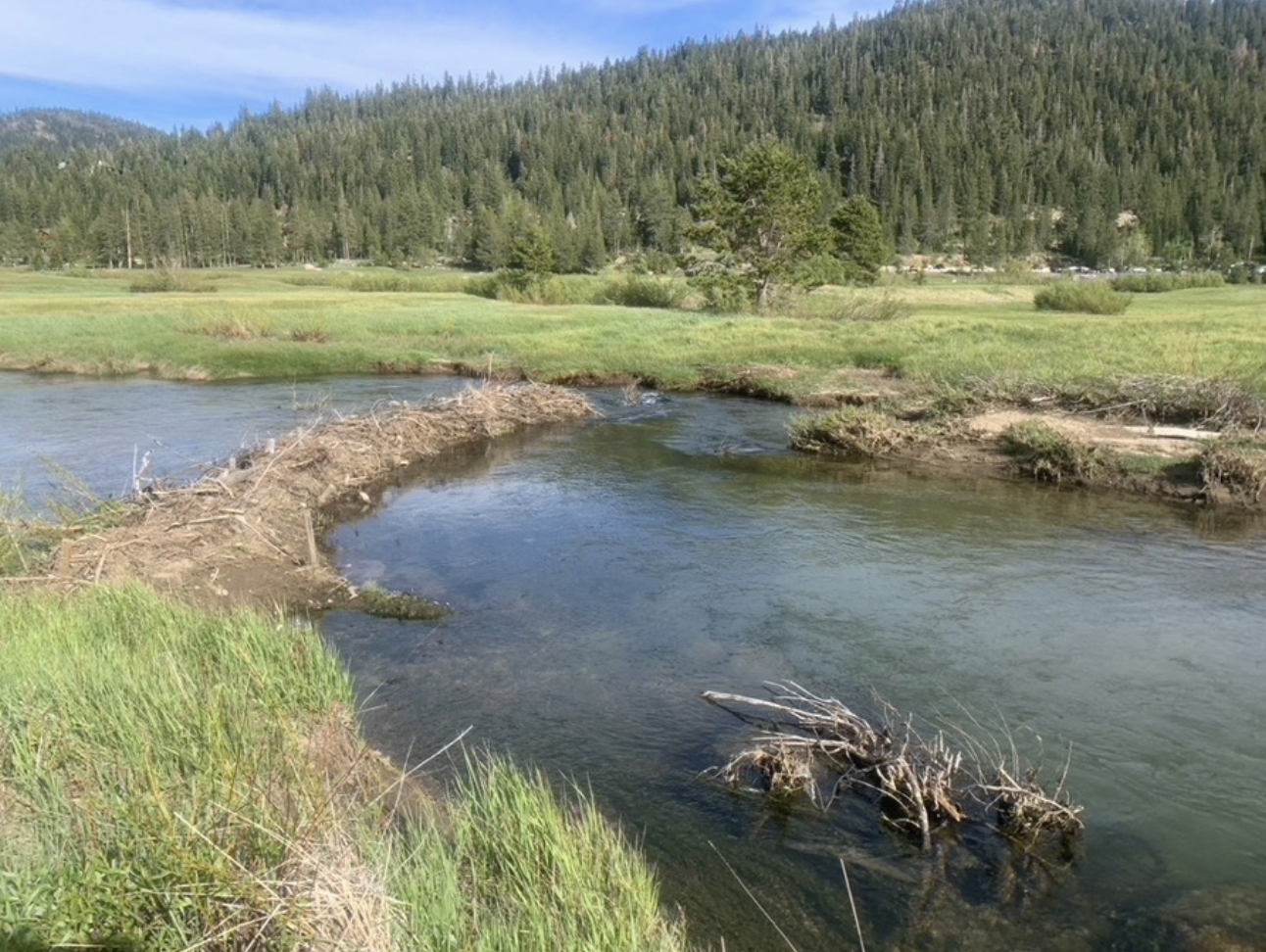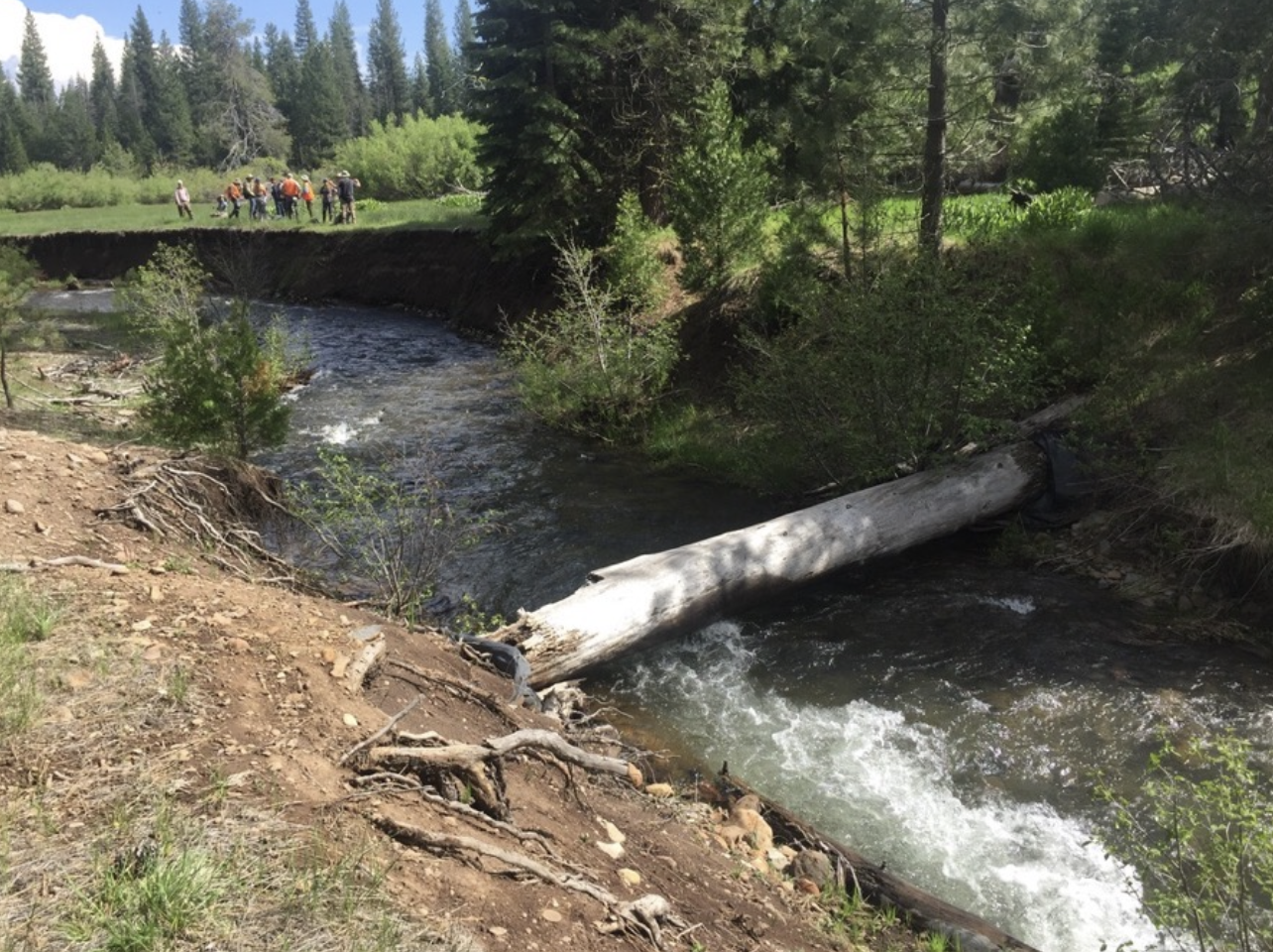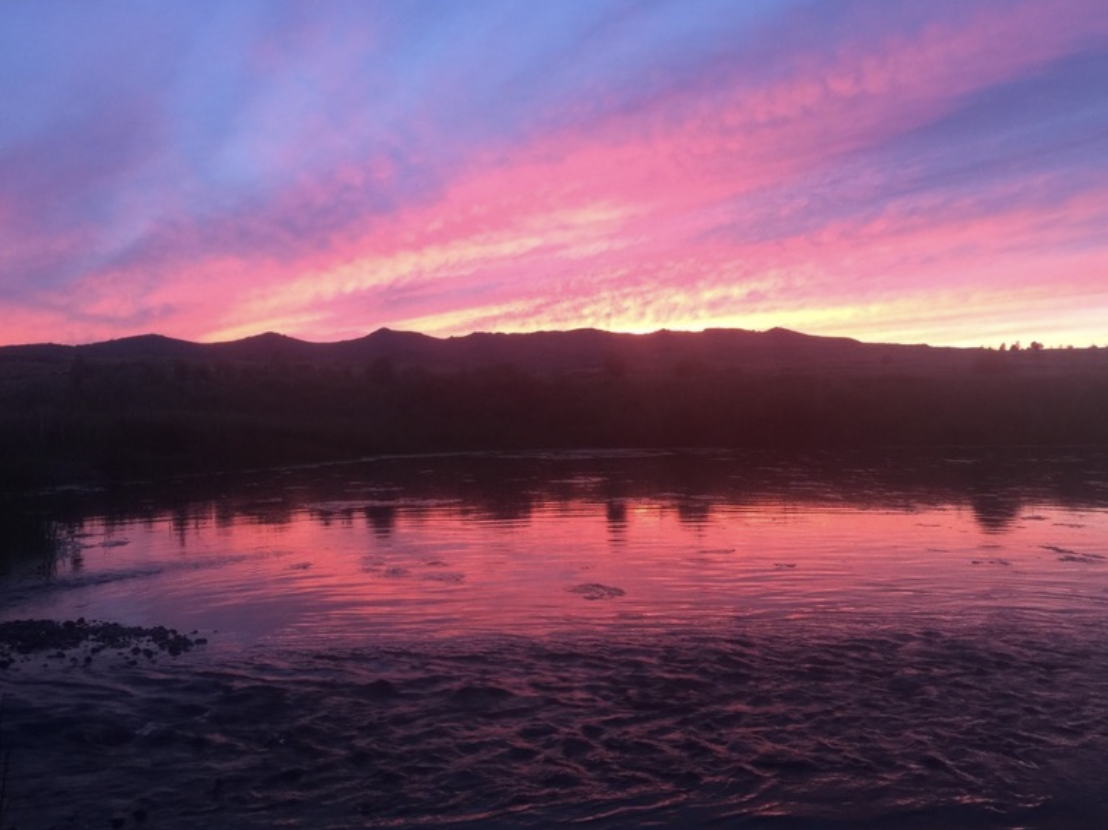We Value
Live The Process
These guiding principles are about preferences, not dogmas, and allow for edge cases and gray areas in cases of clear and present needs that simply cannot be addressed otherwise. For example, if we need a 6-lane road crossing modified to open up process space, we will probably opt for excavators, but that decision will itself be open to edge cases and special circumstances.
Jobs for people, not machines
We’re trying to grow a restoration economy that pays a living wage to as many people as possible. Even if it takes a little longer, it’s worth it. For example—maybe an excavator can do the work of many people in an hour, but that simplistic statement ignores all the embedded costs.
The carbon burn and environmental costs of manufacturing the machine, driving it to the site, walking it out to the meadow, building roads and crossings, and returning it to the corporate yard it came from, burning diesel all the way, are just the start. The fraying and disconnection of our social fabric are worsened by widespread unemployment and the immiseration and homelessness that follow it, which is a problem we can solve by simply employing handworkers.
That same job might get done directly by those many people, all earning a dignified, living wage, for a much lower disturbance footprint. Those earned wages then circulate in local economies, instead of going to overseas corporations that manufacture excavators and export oil to be lost forever.
“Work is love made visible.” — Kahlil Gibran, The Prophet
Mimic beavers more than geology
Beavers use the materials they can fell and move with the tools they’ve got—teeth and paws. We may have chainsaws and griphoists and post drivers, but they’re all human-scaled and portable. Tying into the jobs for people point above, attempting to mimic geologic forces is very likely to result in a reversion to the outmoded diesel paradigm— creating jobs for machines rather than people. If we stay focused on beaver mimicry, even when building geomorphic structures, we’ll be continually re- oriented to the appropriate scale of tools and materials.
“Do your work, then step back. The only path to serenity.” —Lao Tzu, Tao Te Ching
Restore function rather than build form
Any attempt to create a stable form within a dynamic system is destined for failure in the long term. In this instance, long term may usefully be considered as more than a human lifespan, which is well beyond the normal time horizon we employ. Functions, with their feedback loops and embedded life, can persist for millenia, thus making them a much better restoration goal.
‘The measure of intelligence is the ability to change’ — Albert Einstein.
Directly interact with the real world instead of machinery and digital representations
An engineer looks at blueprints and CAD drawings. A surveyor looks at a stadia rod, laser level, and other instrumentation. A GIS specialist manipulates pixels on a liDAR map. A machine operator interacts with levers and foot pedal. While occasionally useful, none of these professions are directly engaged with the actual riverscape itself, on its own terms. This middleman problem is actually quite serious, as every intermediation acts as a lens, or a filter, and inevitably demands a cost—either economic, temporal, experiential, or even emotional. It’s quite hard to care deeply about a plan set in and of itself, but quite easy to fall in love with the landscape that plan may represent.
“Since we cannot change reality, let us change the eyes that see reality.” — Nikos Kazantzakis
